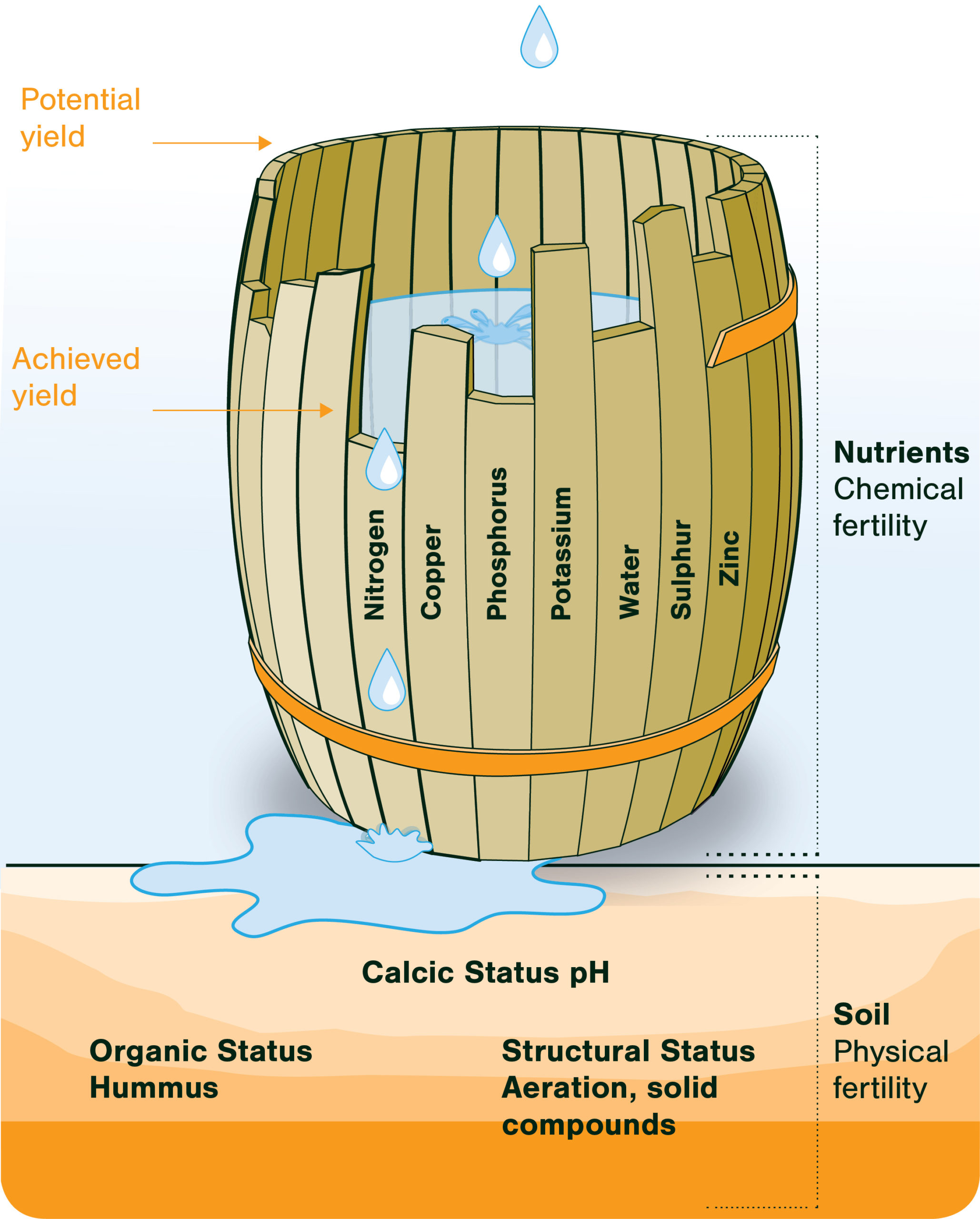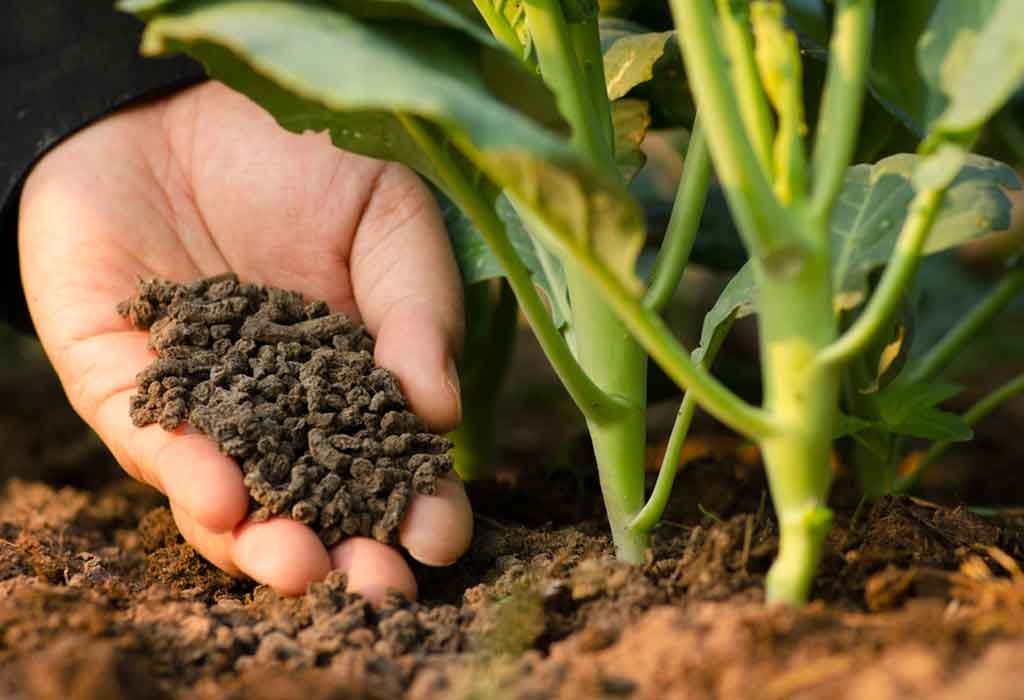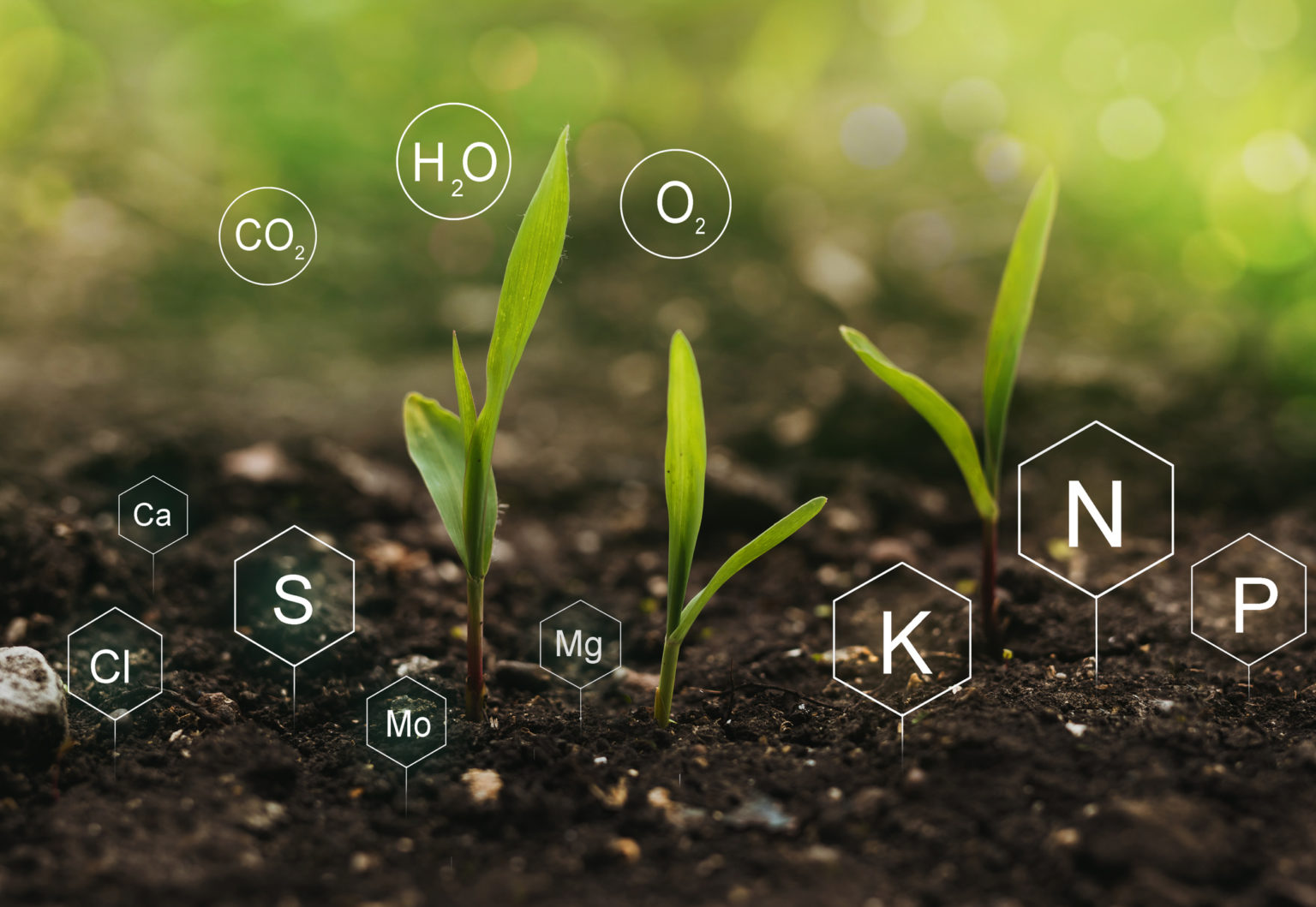Unlocking the Secrets of a Well-Balanced Fertilizer
A balanced fertilizer is a crucial component of any successful gardening or agricultural endeavor. By providing essential nutrients for plants to thrive, a balanced fertilizer plays a vital role in promoting healthy plant growth and maximizing crop yields. But what exactly is a balanced fertilizer, and how does it work its magic?
In essence, a balanced fertilizer is a type of fertilizer that contains a mix of nutrients that are essential for plant growth, including nitrogen, phosphorus, and potassium. These three macronutrients form the foundation of a balanced fertilizer and work together to provide plants with the necessary nutrients to grow and develop. Nitrogen, for example, is responsible for promoting leaf growth and green color, while phosphorus is essential for root development and flower and fruit production. Potassium, on the other hand, helps to regulate water balance and promotes overall plant health.
Using a balanced fertilizer can have a significant impact on plant growth and development. By providing plants with the necessary nutrients, a balanced fertilizer can help to promote healthy growth, increase crop yields, and enhance soil health. Additionally, a balanced fertilizer can also help to reduce environmental pollution by minimizing the amount of excess nutrients that are released into the environment.
So, what makes a fertilizer “balanced”? A balanced fertilizer is one that contains a mix of nutrients that are in the right proportions for plant growth. This typically means a fertilizer that contains a mix of nitrogen, phosphorus, and potassium, as well as other micronutrients that are essential for plant growth. By using a balanced fertilizer, gardeners and farmers can help to ensure that their plants are receiving the necessary nutrients to grow and thrive.
In the next section, we’ll take a closer look at the building blocks of a balanced fertilizer, including the role of NPK in plant growth and development.
Understanding NPK: The Building Blocks of a Balanced Fertilizer
NPK, which stands for Nitrogen, Phosphorus, and Potassium, are the three primary macronutrients that form the foundation of a balanced fertilizer. These essential nutrients play a critical role in plant growth and development, and understanding their functions is key to creating a well-balanced fertilizer.
Nitrogen (N) is responsible for promoting leaf growth and green color in plants. It is a critical component of amino acids, which are the building blocks of proteins. Nitrogen deficiency can lead to stunted growth, yellowing leaves, and reduced yields. On the other hand, excessive nitrogen can cause overgrowth, leading to weak and leggy plants.
Phosphorus (P) is essential for root development, flower and fruit production, and overall plant maturation. It plays a critical role in the development of roots, stems, and leaves, and is necessary for the production of ATP, the energy currency of plants. Phosphorus deficiency can lead to stunted growth, poor root development, and reduced yields.
Potassium (K) helps to regulate water balance in plants, promotes overall plant health, and is essential for the production of sugars and starches. It also helps to regulate the opening and closing of stomata, which are the small pores on the surface of leaves that allow for gas exchange. Potassium deficiency can lead to weak and brittle plants, reduced yields, and increased susceptibility to disease.
In a balanced fertilizer, the NPK ratio is typically expressed as a series of three numbers, such as 10-10-10 or 20-5-5. These numbers represent the percentage of nitrogen, phosphorus, and potassium in the fertilizer, respectively. A balanced fertilizer will typically have a balanced NPK ratio, with equal or near-equal amounts of each nutrient.
Understanding the role of NPK in plant growth and development is critical for creating a well-balanced fertilizer. By providing plants with the right balance of these essential nutrients, gardeners and farmers can promote healthy growth, maximize yields, and reduce the risk of nutrient deficiencies and excesses.
How to Choose the Right Balanced Fertilizer for Your Garden
With so many balanced fertilizers available on the market, choosing the right one for your garden can be a daunting task. However, by considering a few key factors, you can select a balanced fertilizer that meets the specific needs of your garden and helps your plants thrive.
One of the most important factors to consider when choosing a balanced fertilizer is the type of soil in your garden. Different soils have different nutrient requirements, and a balanced fertilizer that is formulated for your specific soil type will be more effective. For example, if you have acidic soil, you may want to choose a balanced fertilizer that is specifically formulated to help neutralize acidity and promote healthy plant growth.
Another factor to consider is the type of plants you are growing. Different plants have different nutrient requirements, and a balanced fertilizer that is formulated for your specific plant species will be more effective. For example, if you are growing vegetables, you may want to choose a balanced fertilizer that is high in phosphorus to promote fruiting and flowering.
Climate is also an important factor to consider when choosing a balanced fertilizer. In areas with high temperatures and intense sunlight, plants may require more frequent fertilization to maintain optimal growth. In areas with cooler temperatures and more moderate sunlight, plants may require less frequent fertilization.
When selecting a balanced fertilizer, it’s also important to consider the NPK ratio. A balanced fertilizer with a ratio of 10-10-10, for example, will provide equal amounts of nitrogen, phosphorus, and potassium. However, if you have specific nutrient deficiencies or excesses in your soil, you may want to choose a balanced fertilizer with a different NPK ratio.
Finally, consider the type of fertilizer you want to use. Organic balanced fertilizers, such as those made from natural ingredients like bone meal and alfalfa meal, can be a good choice for gardeners who want to avoid synthetic chemicals. Synthetic balanced fertilizers, on the other hand, can provide more immediate results and may be a better choice for gardeners who need to address specific nutrient deficiencies or excesses.
By considering these factors and choosing a balanced fertilizer that meets the specific needs of your garden, you can help promote healthy plant growth, maximize crop yields, and create a thriving and sustainable garden ecosystem.
The Benefits of Using a Balanced Fertilizer
Using a balanced fertilizer can have a significant impact on plant growth and development. By providing plants with the essential nutrients they need to thrive, a balanced fertilizer can help to promote healthy growth, increase crop yields, and enhance soil health.
One of the most significant benefits of using a balanced fertilizer is improved plant growth. By providing plants with the necessary nutrients, a balanced fertilizer can help to promote healthy growth and development, leading to stronger, more resilient plants. This can result in increased crop yields and improved overall plant health.
In addition to promoting healthy plant growth, a balanced fertilizer can also help to enhance soil health. By providing soil with the necessary nutrients, a balanced fertilizer can help to improve soil structure, increase soil fertility, and support the growth of beneficial microorganisms. This can lead to a more sustainable and productive garden ecosystem.
A balanced fertilizer can also help to reduce environmental pollution. By providing plants with the necessary nutrients, a balanced fertilizer can help to reduce the need for synthetic fertilizers and pesticides, which can harm the environment and contaminate soil and water. This can lead to a more sustainable and environmentally friendly gardening practice.
Furthermore, using a balanced fertilizer can also help to improve the overall health and well-being of plants. By providing plants with the necessary nutrients, a balanced fertilizer can help to boost plant immunity, reduce stress, and promote overall plant health. This can lead to a more resilient and productive garden ecosystem.
Overall, using a balanced fertilizer can have a significant impact on plant growth and development, soil health, and the environment. By providing plants with the essential nutrients they need to thrive, a balanced fertilizer can help to promote healthy growth, increase crop yields, and enhance soil health, leading to a more sustainable and productive garden ecosystem.
Common Types of Balanced Fertilizers: Organic and Synthetic Options
When it comes to choosing a balanced fertilizer, gardeners have a variety of options to consider. Two of the most common types of balanced fertilizers are organic and synthetic options. In this section, we’ll explore the pros and cons of each type and provide examples of popular products.
Organic balanced fertilizers are made from natural ingredients such as bone meal, alfalfa meal, and fish emulsion. These fertilizers are a popular choice among gardeners who prefer to use natural and sustainable products. Organic balanced fertilizers are generally slower-acting than synthetic fertilizers, but they provide a more sustained release of nutrients to plants.
Some popular organic balanced fertilizers include Espoma Organic Bloom 5-3-4 Plant Food and E.B. Stone Organics Bloom 5-3-4 Plant Food. These products are made from natural ingredients and are formulated to promote healthy plant growth and blooming.
Synthetic balanced fertilizers, on the other hand, are made from chemical ingredients such as ammonium nitrate and diammonium phosphate. These fertilizers are a popular choice among gardeners who need a quick and effective solution to promote plant growth. Synthetic balanced fertilizers are generally faster-acting than organic fertilizers, but they can also be more likely to cause environmental pollution.
Some popular synthetic balanced fertilizers include Miracle-Gro Shake ‘n Feed All Purpose Plant Food and Scotts Osmocote 14-14-14 Professional Plant Food. These products are formulated to provide a quick and sustained release of nutrients to plants.
When choosing between organic and synthetic balanced fertilizers, gardeners should consider their specific needs and preferences. Organic fertilizers are a good choice for gardeners who prefer to use natural and sustainable products, while synthetic fertilizers are a good choice for gardeners who need a quick and effective solution to promote plant growth.
Ultimately, the type of balanced fertilizer that is right for you will depend on your specific needs and preferences. By considering the pros and cons of each type and choosing a product that is formulated to meet your specific needs, you can promote healthy plant growth and maximize your crop yields.
How to Apply a Balanced Fertilizer for Optimal Results
Applying a balanced fertilizer is a crucial step in promoting healthy plant growth and maximizing crop yields. However, it’s essential to follow the right application methods and timing to avoid over-fertilization and minimize environmental impact.
The timing of fertilizer application depends on the type of plants you are growing and the climate in your area. Generally, it’s best to apply a balanced fertilizer during the growing season, when plants are actively producing new growth. For most plants, this means applying fertilizer in the spring and summer months.
The dosage of fertilizer also depends on the type of plants you are growing and the soil type. A general rule of thumb is to follow the instructions on the fertilizer package and start with a small amount, gradually increasing the dosage as needed.
There are several methods of applying a balanced fertilizer, including broadcasting, banding, and foliar spraying. Broadcasting involves spreading the fertilizer evenly over the soil surface, while banding involves applying the fertilizer in a narrow band along the soil surface. Foliar spraying involves spraying the fertilizer directly on the leaves of the plants.
Regardless of the application method, it’s essential to avoid over-fertilization, which can lead to environmental pollution and damage to plants. To minimize environmental impact, it’s also important to choose a balanced fertilizer that is formulated to release nutrients slowly and evenly over time.
Some popular balanced fertilizers that are formulated for optimal application include Miracle-Gro Shake ‘n Feed All Purpose Plant Food and Espoma Organic Bloom 5-3-4 Plant Food. These products are designed to provide a slow and steady release of nutrients to plants, minimizing the risk of over-fertilization and environmental pollution.
By following the right application methods and timing, and choosing a balanced fertilizer that is formulated for optimal application, you can promote healthy plant growth and maximize crop yields while minimizing environmental impact.
Monitoring and Adjusting Your Fertilizer Regimen
Once you’ve started using a balanced fertilizer, it’s essential to monitor your plants’ response and adjust your fertilizer regimen as needed. This will help you ensure that your plants are receiving the right amount of nutrients and avoid any potential problems.
One of the most important things to monitor is your plants’ growth rate. If you notice that your plants are growing too quickly or too slowly, it may be a sign that they’re not receiving the right amount of nutrients. You can also monitor your plants’ leaf color, as a balanced fertilizer should help to promote healthy green leaves.
Another important thing to monitor is your soil’s pH level. A balanced fertilizer should help to maintain a healthy soil pH, but if you notice that your soil’s pH is becoming too high or too low, you may need to adjust your fertilizer regimen.
It’s also important to monitor your plants for signs of nutrient deficiencies or excesses. For example, if you notice that your plants are developing yellow or brown leaves, it may be a sign that they’re not receiving enough nitrogen. On the other hand, if you notice that your plants are developing too much foliage, it may be a sign that they’re receiving too much nitrogen.
By monitoring your plants’ response to a balanced fertilizer and adjusting your fertilizer regimen as needed, you can help to ensure that your plants are receiving the right amount of nutrients and avoid any potential problems.
Some common signs of nutrient deficiencies or excesses include:
- Yellow or brown leaves (nitrogen deficiency)
- Too much foliage (nitrogen excess)
- Purple or red leaves (phosphorus deficiency)
- Weak or spindly growth (potassium deficiency)
By being aware of these signs and adjusting your fertilizer regimen accordingly, you can help to ensure that your plants are receiving the right amount of nutrients and avoid any potential problems.
Conclusion: Nourishing Your Garden with a Balanced Fertilizer
In conclusion, using a balanced fertilizer is essential for promoting healthy plant growth and maximizing crop yields. By understanding the importance of NPK, choosing the right balanced fertilizer for your garden, and applying it correctly, you can help your plants thrive and reduce environmental pollution.
A balanced fertilizer provides essential nutrients for plants to grow and develop, and it’s crucial to monitor your plants’ response to the fertilizer and adjust your regimen as needed. By doing so, you can ensure that your plants are receiving the right amount of nutrients and avoid any potential problems.
Remember, a balanced fertilizer is not a one-size-fits-all solution. Different plants have different nutrient requirements, and it’s essential to choose a fertilizer that meets the specific needs of your garden. By considering factors such as soil type, plant species, and climate, you can select a balanced fertilizer that will help your plants thrive.
By incorporating a balanced fertilizer into your gardening routine, you can enjoy a healthier, more productive garden. So why wait? Start nourishing your garden with a balanced fertilizer today and watch your plants thrive!
By following the tips and guidelines outlined in this article, you can create a thriving and sustainable garden that will provide you with fresh produce and beauty for years to come. Happy gardening!








